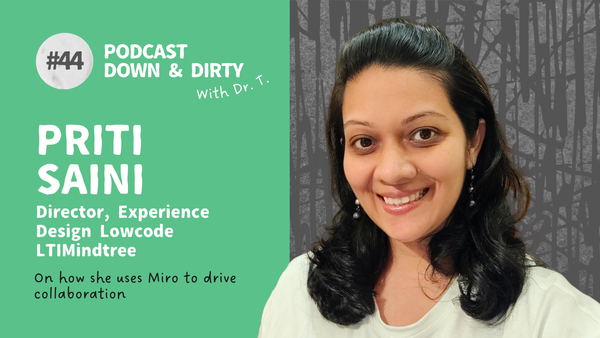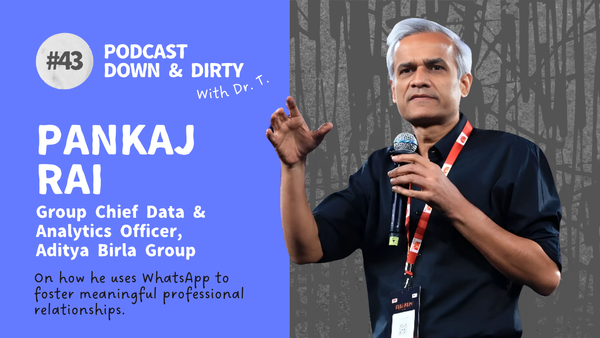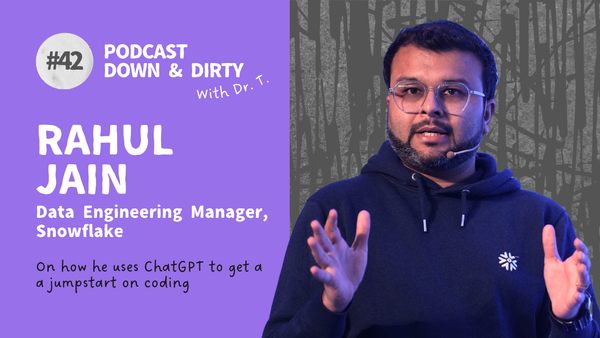🪄User research methods we swear by
The hottest methods to take you from research rookie to rockstar.

Written by: Ananya Mavinkurve
As I’ve forayed into the exciting, unpredictable world of user research here at Poocho, I’ve quickly learned that understanding what users are thinking, feeling, and doing is the key to creating extraordinary experiences. Solid, thoughtfully planned and methodically executed user research is the secret sauce that takes good products and services (or, really, experiences of any kind) and makes them incredible. After adding these five oh-so-simple yet powerful user research methods to my repertoire, I can’t wait to embark on my journey through the minds of prosumers and professionals alike!
User Interviews
Perhaps one of the simplest and most highly insightful research methods, I’ve found that a remote interview (via Zoom, GMeet, or a plethora of other video conferencing tools out there) creates the perfect opportunity to have a one-on-one candid conversation with target audience members.
Pros:
- Requires minimal amounts of time and money.
- The conversation can be very open-ended.
- Gives you the chance to dig deeper into subjective considerations like thoughts, attitudes, opinions, and experiences.
Cons:
- Participants may tell you what they think you want to hear (instead of the truth).
- You have limited time to get as much information as possible.
- You have limited exposure to the participant’s environment.
Focus Groups
Another handy-dandy tool to add to your arsenal is the focus group. Akin to the super simple format of the user interview, a focus group involves a moderated conversation with a small group of users, ideally 5-10. Video conferencing platforms are perfect for conducting a virtual focus group session.
Pros:
- Participants can riff off with one another and provide spontaneous responses as they build on each others’ ideas, leading to rich insights.
- Gathering simultaneous responses from multiple participants can be more efficient than one-on-one interviews.
- Creates an informal and relaxed environment that facilitates open and honest dialogue.
Cons:
- The group setting can lead to ‘groupthink’ and consequently, inaccurate findings.
- It may be time and cost intensive to recruit respondents.
- Results are derived from a small group of participants, and may not be generalizable to the larger target population you’re looking at.
Digital Diary Studies
The diary study is a more long term and in-depth method in which participants self report their experiences and thoughts pertaining to your research interests for a specified time period. This presents the perfect opportunity to take a peek into the daily lives of your users. Tools such as dscout, Diarium and Remesh are perfect for this method.
Pros:
- Recording participants' thoughts and experiences in their natural environment, with minimal interference, leads to organic findings which cannot be stimulated otherwise.
- Collecting responses over weeks and even months allows you to observe trends and patterns in user data.
- Participants' responses are typically detailed and nuanced, owing to the context-specificity of the study.
Cons:
- Analyzing data from diary studies can be very time consuming.
- Participants may omit vital information or modify their responses based on perceived expectations.
- You cannot directly observe or interact with participants during the study, leading to missed opportunities for deeper exploration.
Read more about the best practices in digital diary studies.
Surveys
Surveys are the best way to get quick and easy responses from a large sample of participants. Circulating a structured questionnaire, consisting of either MCQs or open-ended questions (or a mix of both) allows you to understand user behaviour, gauge opinions and find direct insights. Some easy to use and intuitive survey platforms to get started with are Typeform (our favourite!), Qualtrics and Google Forms.
Pros:
- Surveys are incredibly efficient, allowing you to quickly receive responses from a large sample.
- Using standardised questions and keeping things simple reduces the risk of research bias.
- Responses are easily compared and contrasted to discover common themes and popular opinions.
Cons:
- Responses may be superficial, lacking in the richness and depth of interview or diary study transcripts.
- Lack of contact between researchers and participants may lead to misinterpretation of questions and responses.
- Survey fatigue is real! Lengthy or repetitive surveys may lead to inaccurate or inadequate responses.
Field Observation
Observing participants in their natural environments is a valuable way to understand their behaviours, interactions, and context-specific experiences. Directly observing users as they go about their day is a great way to understand their habits, routines, and decision-making process.
Pros:
- Naturalistic observation provides an authentic and realistic glimpse into participant behaviour.
- Spontaneous or unanticipated insights are much easier to find.
- This method can help validate data collected through other methods, such as surveys and interviews.
Cons:
- This method can be extremely time consuming and resource intensive, reducing the efficiency of the research process.
- Findings are typically much harder to generalise to a larger audience.
- Lack of direct interaction with participants leads to reduced control, and difficulty in understanding their thoughts and emotions.
From the super simple survey to the deeply detailed diary study, these tried-and-tested research methods are designed to bring you success on your research journey, and the Poocho team can't get enough of them. Uncovering vibrant and unique insights that allow you to empathise with and understand your users and create valuable experiences has never been easier, so good luck out there!
Photo courtesy: Pexels



